Blog Achieving agricultural carbon neutrality by 2050
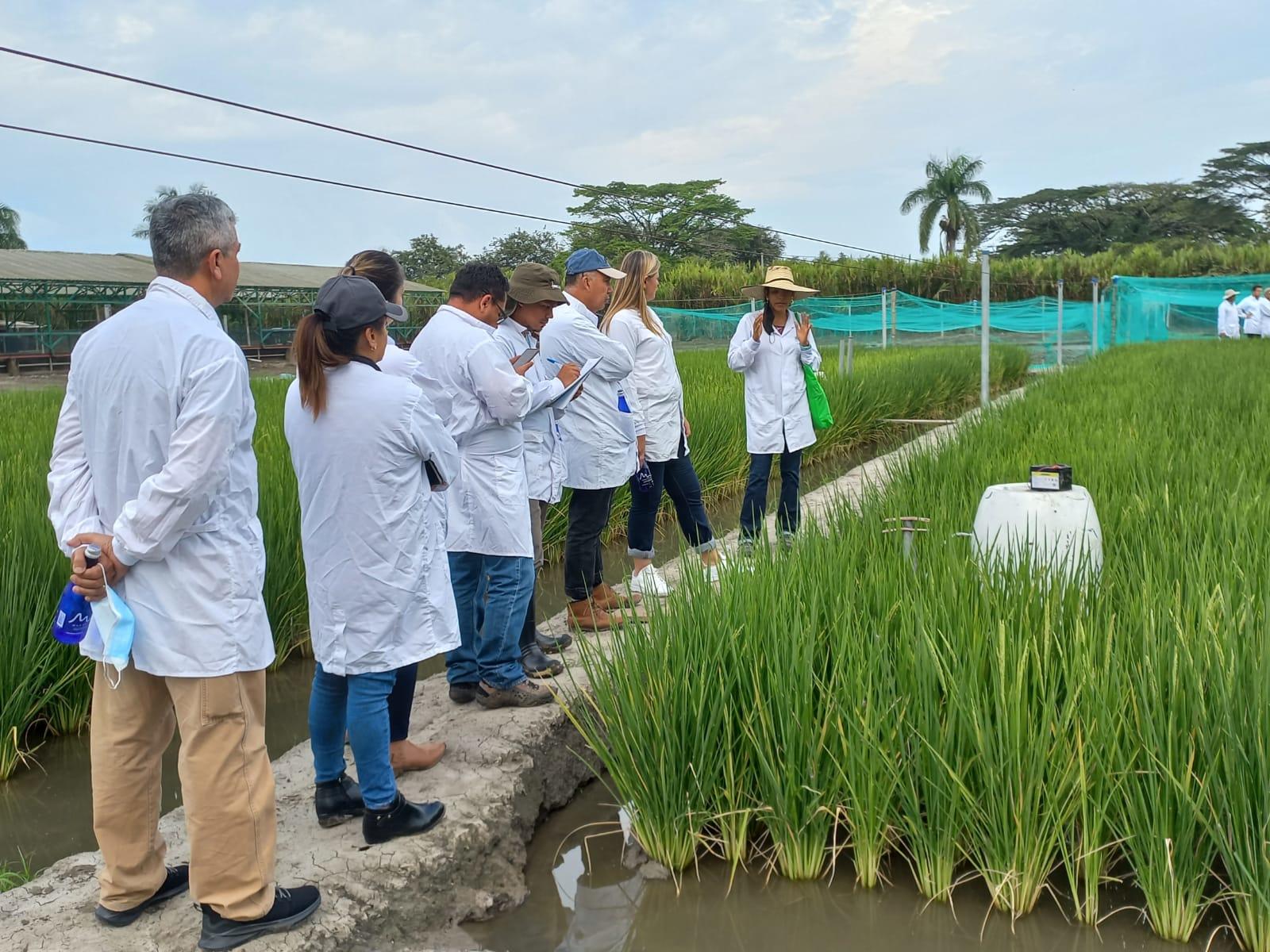
Five Latin American countries contributing towards achieving agricultural carbon neutrality by 2050.
Latin America and the Caribbean is recognized as one of the region most vulnerable to climate change and variability. It is mainly affected by prolonged periods of drought and extreme precipitation, increasing flooding and the frequency of cyclones and hurricanes in the region. These adverse events are a determining factor for farmers and the agrifood sector, since they directly affect food production, its sustainability and the food security of the population.
However, the agricultural sector has been pointed out as one of the main emitters of Greenhouse Gases (GHG) in the world; representing 19 and 24% globally (CCAFS, 2018). This is why, through the Paris Agreement and the Nationally Determined Contributions (NDCs), Latin American governments have assumed differentiated challenges and commitments to reorient the region's development towards low-carbon and sustainable production strategies in the face of climate change (CEPAL, 2019).
Optimal farming methods to reduce emissions
In this context, the governments of Guatemala, El Salvador, Honduras, Nicaragua, and Colombia launched a new research initiative on optimal farming methods to reduce greenhouse gas emissions in Latin America. Financed with funds from the KoLFACI cooperation and developed by the Alliance of Bioversity International and CIAT.
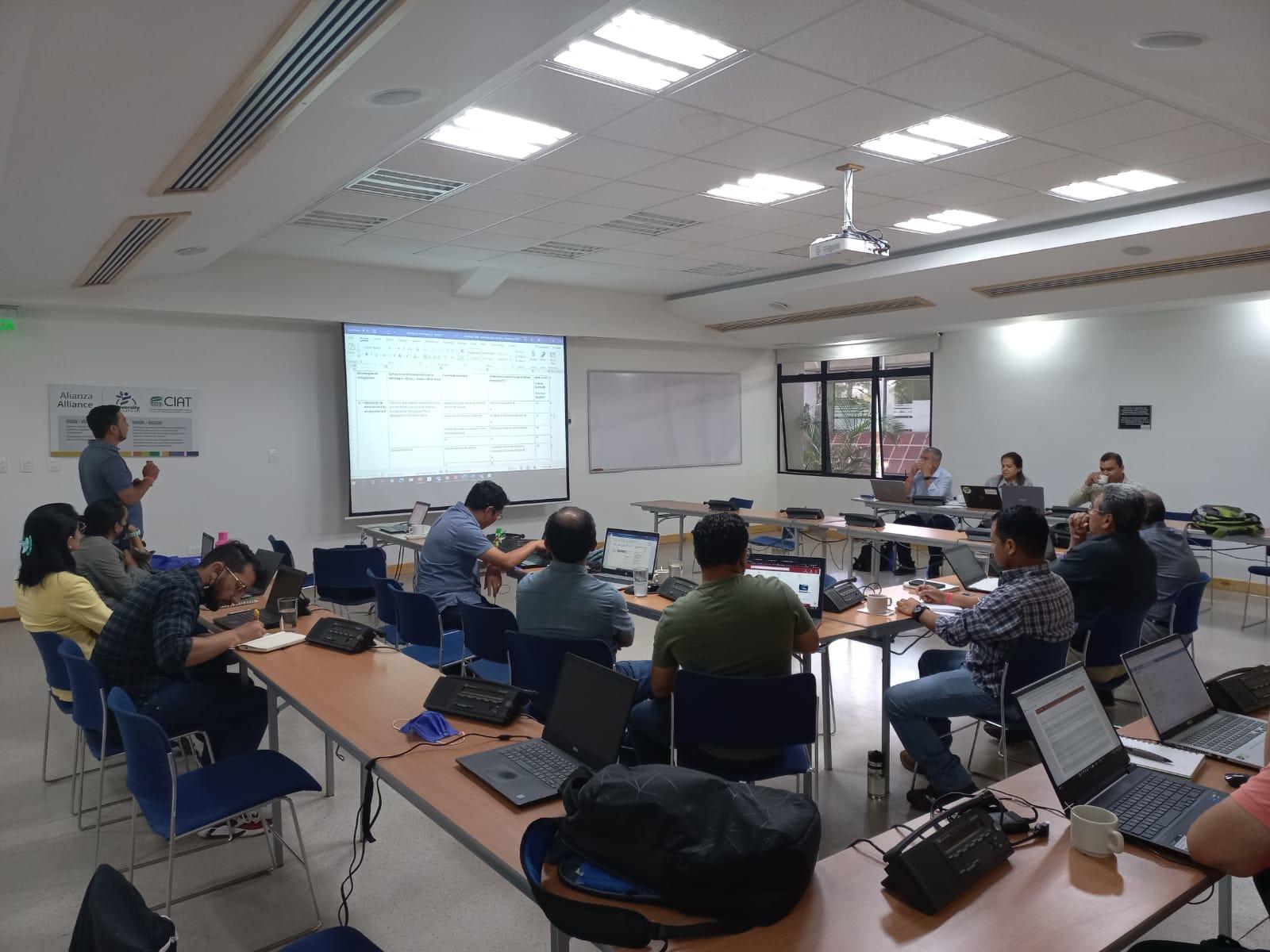
Photo 1. Getting to know the project structure.
National researchers from each country had the opportunity, during the week of June 20-24, to meet at the headquarters of the alliance in Cali, Colombia, to develop an inter-learning process around the experiences of adaptation and mitigation to climate change in Central America and Colombia.
In order to demonstrate the results of this research, the main objective of the KoLFACI-Optimum project is to monitor the actions implemented in each country through the same methodology and the same crop, thus promoting the comparison and exchange of knowledge between countries.
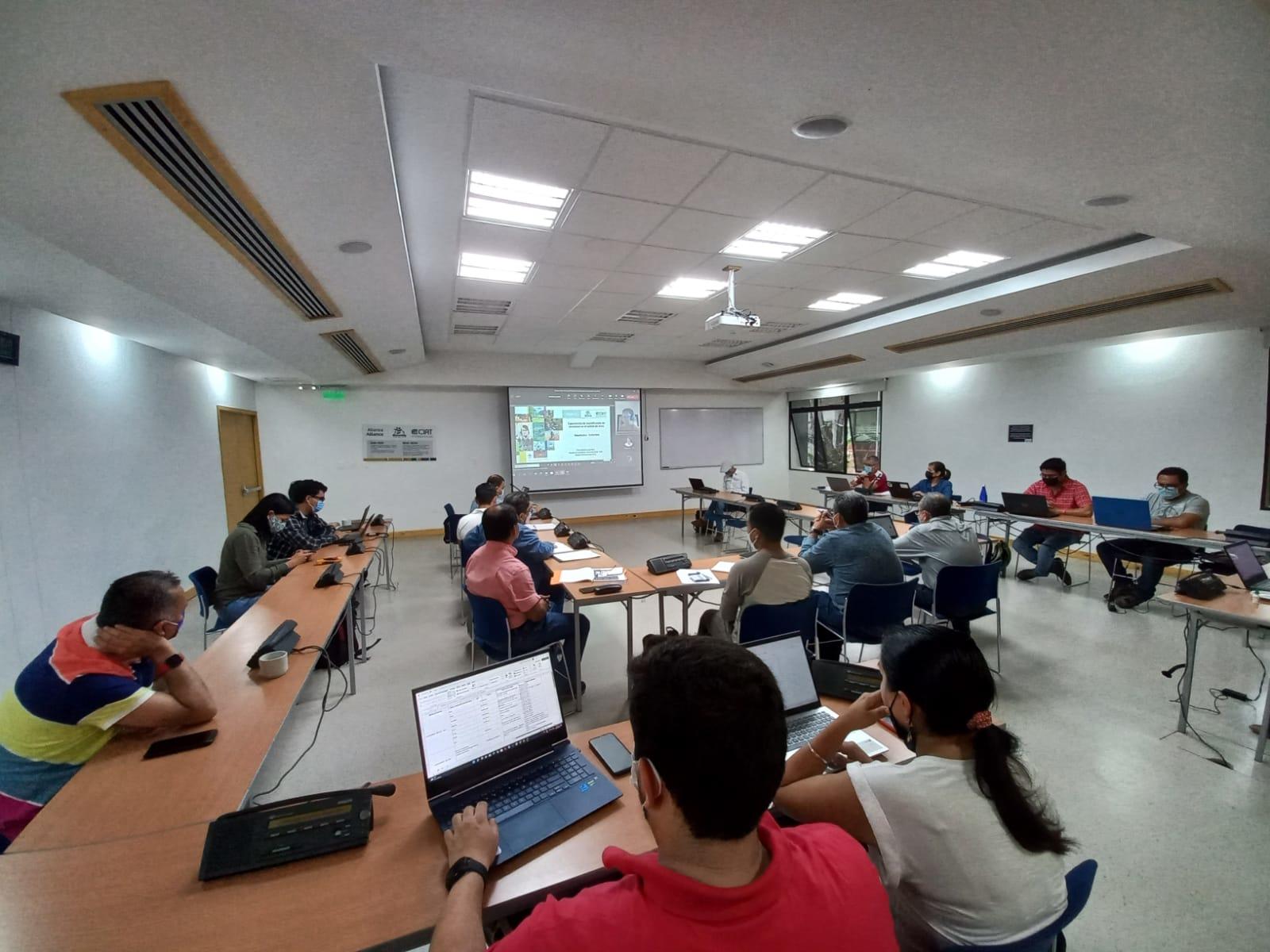
Photo 2. The training was conducted by specialists in Climate Action, Multifunctional Landscapes and Crops for Nutrition and Health.
Getting to know the campus and the experience of the alliance's researchers
During the visit to the campus, the researchers toured the experimental rice fields. Here they socialized the implementation of practices that help reduce methane emissions in rice crops, based on Colombia's extensive experience in this area. A clear example of this is the project being developed through the MADR-CIAT-FEDEARROZ (National Rice Growers Federation) agreement, on the efficient use and management of nitrogen fertilization in rice cultivation.
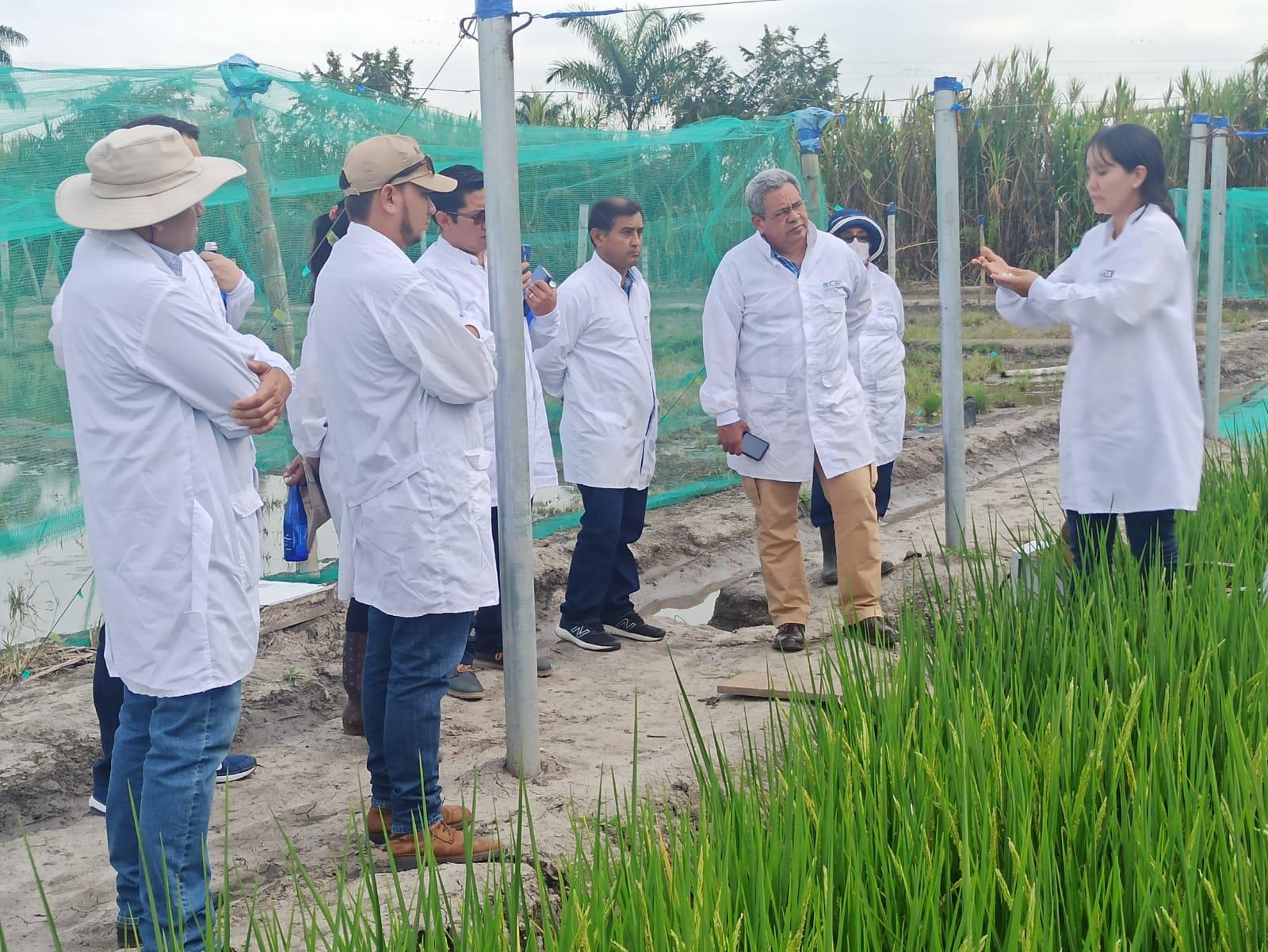
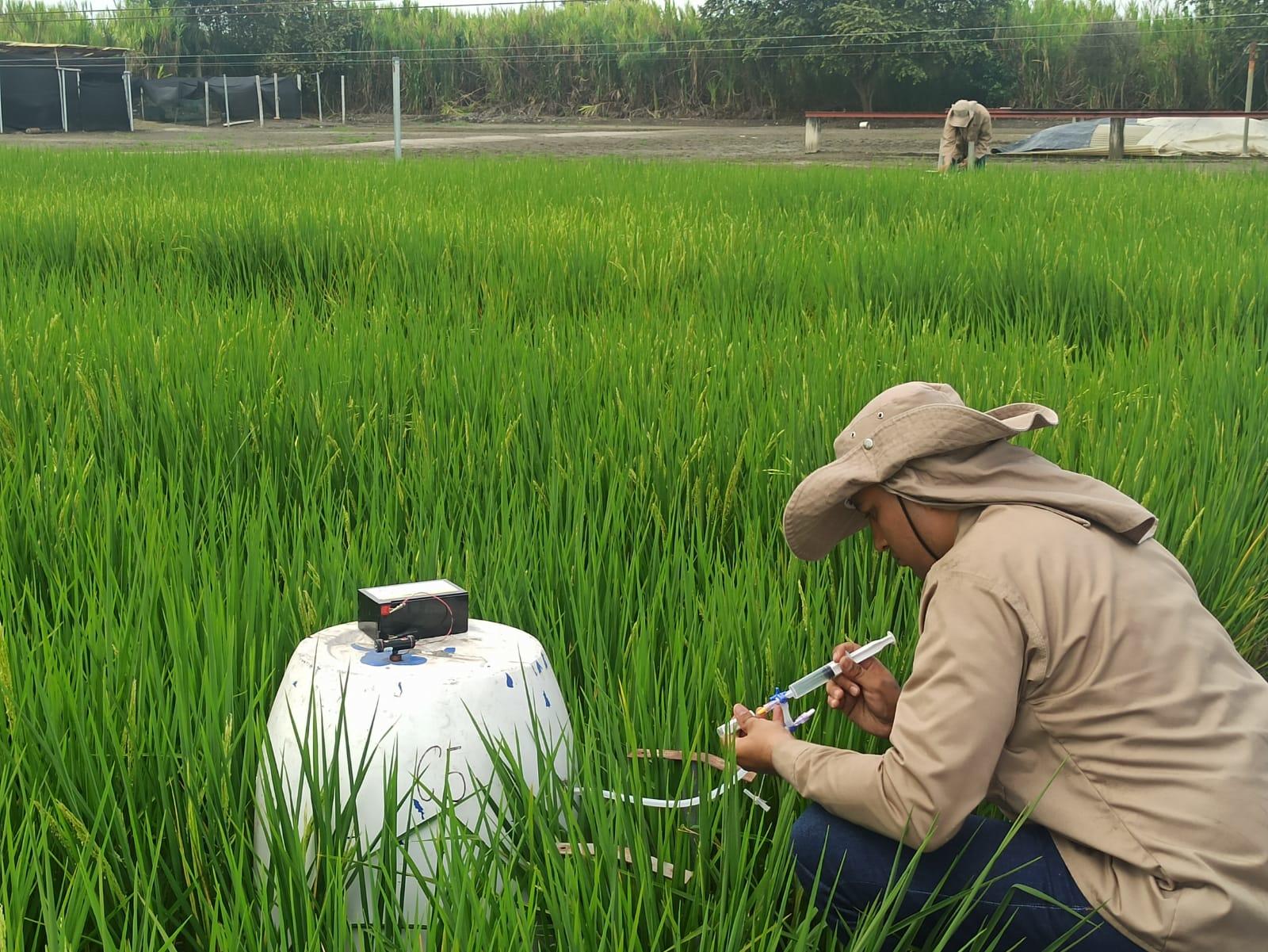
Photo 3. Visiting experimental rice plots.
They also visited the experimental areas on pasture systems, established with Cayman hybrid grass in Monoculture and Silvopastoral Systems (SSP) with Leucaena leucocephala. Different methodologies for measuring GHG emissions in livestock systems were shown. One of them was the use of polytunnels to measure enteric methane emissions in livestock, with diets based on improved tropical forages.
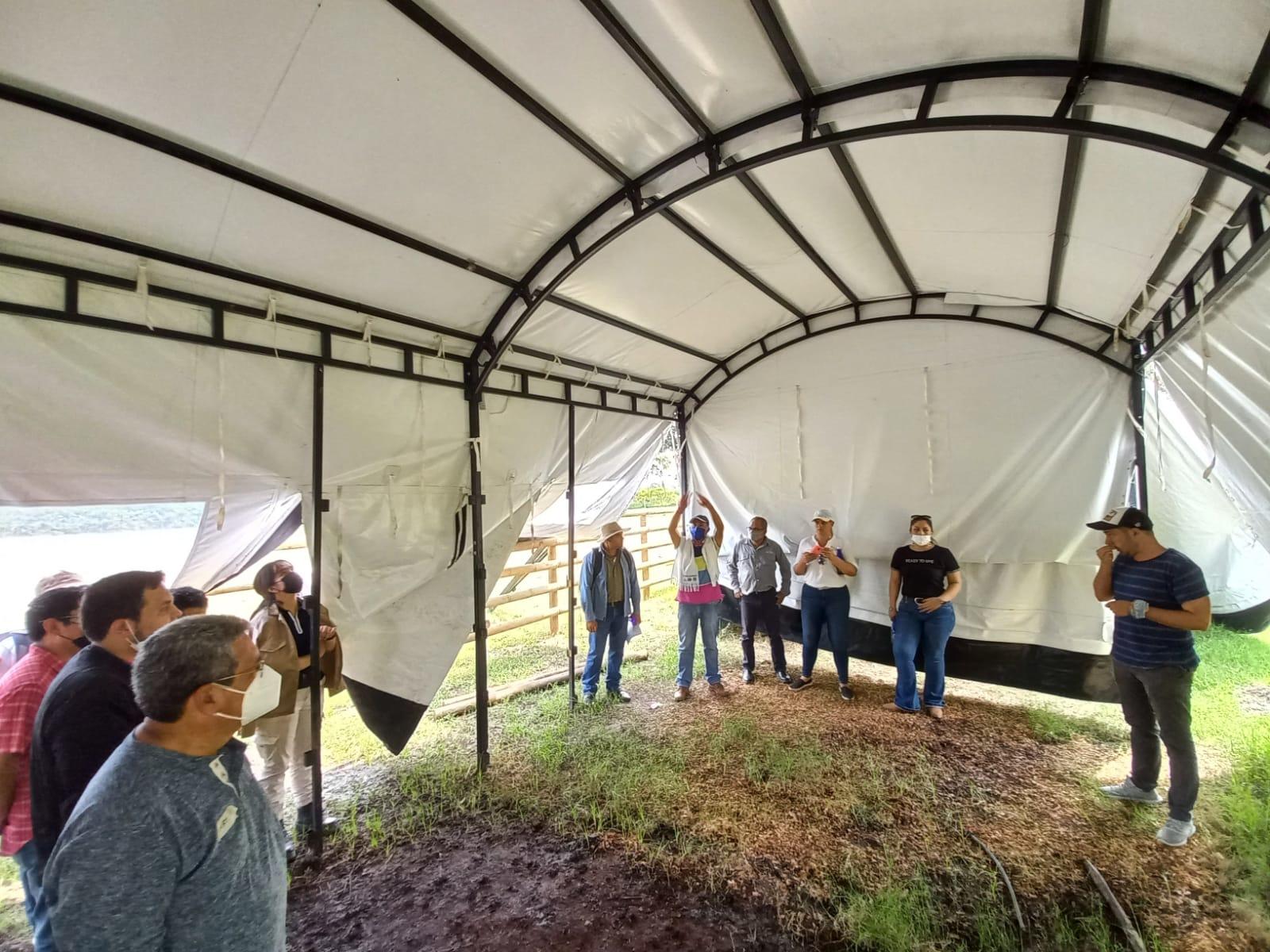
Foto 4. Politúneles ganaderos, para medir emisiones de metano.
To conclude the tour of the campus, they visited the GHG analysis laboratory run by researcher Catalina Trujillo. In this space it was explained how the analysis of GHG emissions from different sectors and agricultural practices is carried out, using serial gas chromatography.
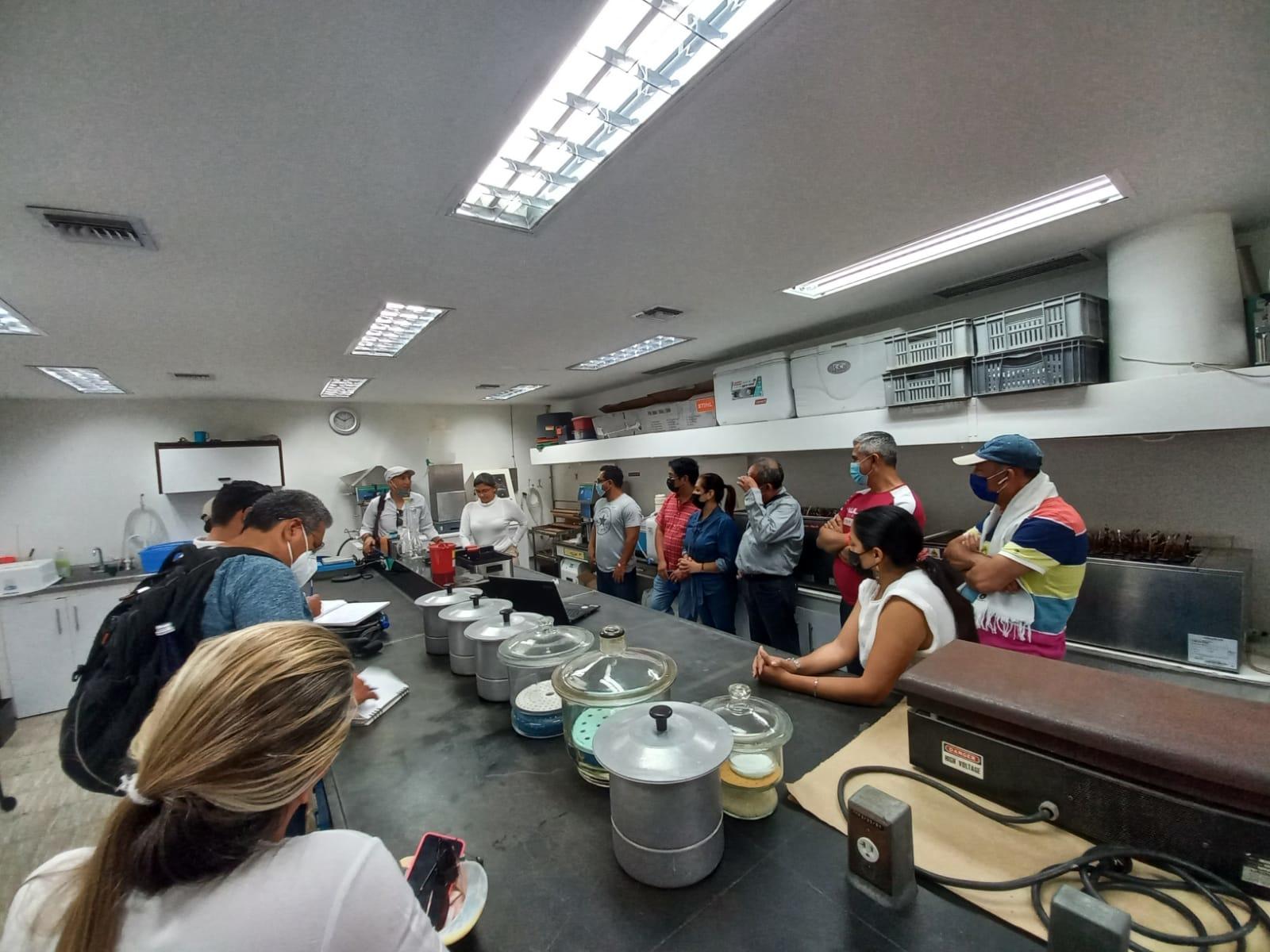
Photo 5. Getting to know the GHG laboratory facilities.
Towards the implementation of Kolfaci-optimum
The training day ended with the selection of the systems to be evaluated. The representatives of each country were asked to coordinate among themselves in order to make comparable measurements in the region. Colombia, Nicaragua and Honduras chose to measure livestock, while El Salvador and Guatemala selected the milpa system (corn and beans) as the system to be analyzed.

Photo 6. Constructing the work plan and selecting the systems to be evaluated.
The next steps will be to coordinate training at the national level in each of the participating countries. The aim is to involve more researchers to support the zoning to identify landscape units and the definition of management typologies for the systems to be evaluated.
